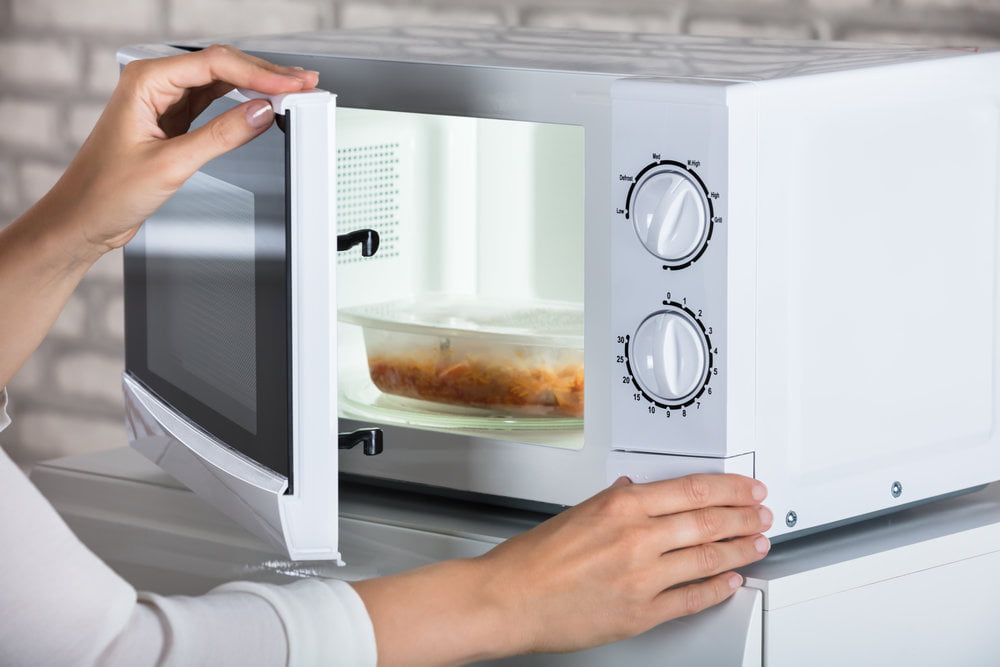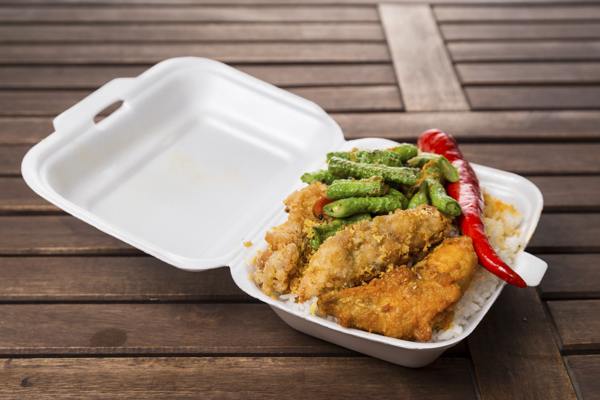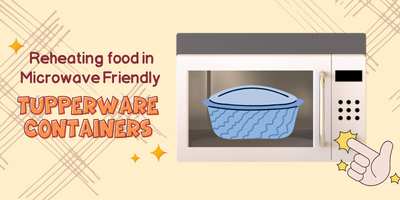
It’s very unsettling that people risk their health by bargaining it for convenience. Reheating Styrofoam take out containers has become such a norm that we don’t even realise what we have been ingesting in our blood since the advent of microwave. All take out containers no matter how beautiful they may seem, they are NEVER approved for multiple reheating cycles in your microwave. Although, it is tempting to toss off the entire leftover from last night restaurant’s meal in the same package it came in, we strictly recommend converting food from the disposable container to Tupperware microwave safe boxes. As you read this, your concerns regarding safe use of plastic containers rise. We got you and we are here to answer in detail. Continue reading below to find out how Tupperware microwave containers enjoy an edge over the take out meal containers.
Tupperware Microwave: Debugging Misconceptions about Plastic Containers

First and foremost, lets acknowledge the wide spread misconception about plastic containers. It is believed that plastic containers leach cancer causing component “dioxin” that is highly toxic. To break your bubble, dioxins are only released; when, metal, plastic, wood, rubber etc are burned. Therefore, as long as you don’t burn your food in microwave you are safe.
Secondly there is no single substance called “plastic”. Plastic is a composition of several organic and in organic compounds where plasticizers are added to help it retain its shape. Two of them are
- bisphenol-A (BPA), added to make clear, hard plastic
- phthalates, added to make plastic soft and flexible
BPA and Phthalates are migrated into food when it is heated (otherwise you are safe). This is why health experts recommend against reheating your food in any type of plastic container unless it is Tupperware microwave safe utensil. Styrofoam is also a type of plastic that is not normally microwave safe but can be manufactured to use in the microwave. Styrofoam contains toxic molecules of styrene and benzene that start to decompose at 200C degrees. Increase the temperature and it will completely melt.
Is it Harmful to Reheat Styrofoam?

Since there are little studies done on Styrofoam we recommend against heating it unless your container bears a microwave safe symbol. Styrofoam contains chemicals and it may be intoxicating to serve hot meal every day in foam plates. You have got other options such as pyrex or Tupperware microwave safe containers.
Comparing Benefits of Styrofoam & Tupperware Microwave Safe Containers
- Styrofoam is lightweight & cheap: Tupperware microwave safe boxes could be expensive as they last you forever with life time warranty*. Tupperware is also lightweight & has better structure that keeps your food fresh longer.
- Styrofoam is Convenient: Tupperware microwave boxes offers unparalleled convenience. Refrigerate your food and toss it into microwave and then move it to the dining table! It is this easy!
- Styrofoam is Disposable: True that not having to rinse your plate after a meal is time saving but on the bigger level it increases carbon foot print. Ditch disposable for reusable Tupperware microwave safe containers. Toss them into dishwasher & let it do the working!
Will you still continue to heat your food in take-out meal containers? Remember plastic utensils unless manufactured to be heated in microwave/dishwasher are extremely harmful. Invest in Tupperware microwave safe food containers today to reuse, reduce and recycle!



